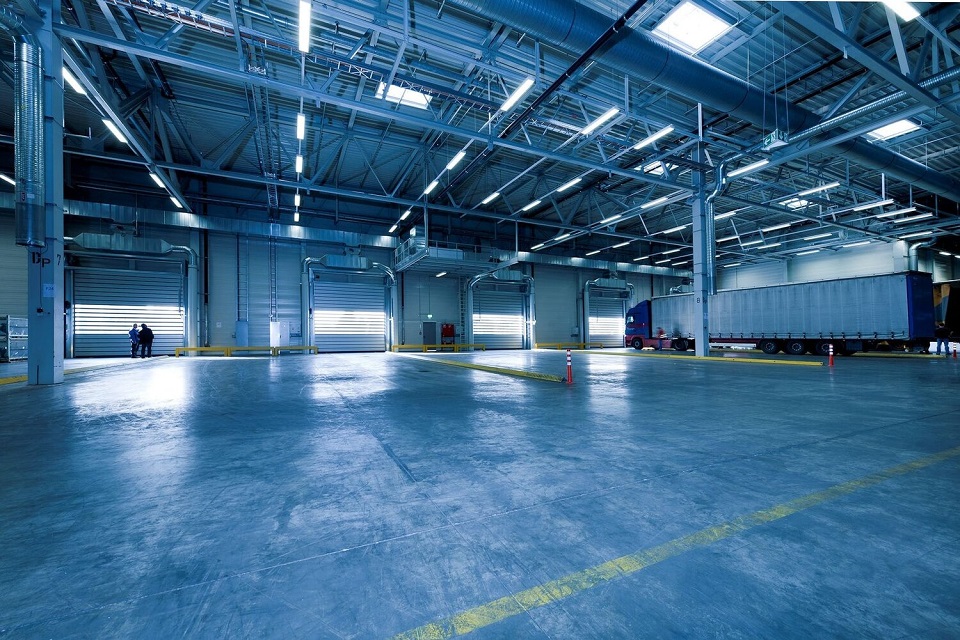Industrial real estate is a versatile type of property that is zoned to be used for various purposes. It may be classified as Class A or Class B, Cold storage, or Research and development, among other things. Regardless of its usage, industrial properties are ideal for various businesses.
Table of Contents
Class A
Class A industrial properties are the best-quality buildings typically in high-demand locations, attracting quality tenants with low vacancy rates. An e-commerce giant’s modern logistics center near an interstate is a prime example. Class A assets offer passive income while being well-located and in high demand. Different investors place different priorities on the condition of the building.
There are a lot of Kansas City industrial real estate companies specializing in the acquisition, development, and sale-leaseback of class A industrial properties. Its current portfolio is 5.6 million square feet, ranging from warehouses to distribution centers.
Investing in class A properties is best for risk-averse investors, as they tend to attract top-notch tenants who are willing to pay higher rents. In addition, class A properties offer better liquidity than other buildings and are easier to sell regardless of the current market cycle. The purpose of classification is to serve as a guide and should be used with caution. Although the sorts may indicate where the properties are located or what amenities they have, it is worth noting that they are only a guide.
Cold Storage
The cold storage industry is booming with increased consumer demand. During recent economic turmoil, consumers skipped restaurants in favor of cooking meals or meal kit services. This has increased the demand for cold storage facilities near major population centers. Furthermore, since the pandemic, consumers have become healthier, preferring food with short shelf life and freshness. In addition, they are stockpiling foods during emergencies.
As a result, demand for cold storage has grown more rapidly than the supply of the commodity. Despite this, cold storage inventories are growing at less than one percent per year in the U.S., which is less than half the growth rate of the industrial property sector. Moreover, this trend is likely due to the higher costs and complexity of cold storage development than other industrial property types. And, with rising costs, there is less vacancy in the cold storage market than in different segments.
Although historically owned by owners, the sector is becoming more attractive to investors due to the higher yields and diversification of the portfolio. Mark Russo, director of research at Savills North America, expects cold storage property prices to climb in the coming years due to increased investor demand. And he sees more investors interested in cold storage as an excellent opportunity to diversify their real estate portfolio. So, cold storage is the next big thing in industrial real estate?
Research & Development
What is research and development in industrial real estate? The phrase can mean many things, from biotechnology to pharmaceutics. Whatever it is, it requires space, time, and privacy. Research and development in industrial real estate provide those elements. Its location is important, too. The most efficient sites are located in locations where the transportation and storage of goods are easy to accomplish. Some research and development sites are specialized, while others are open to any company that needs to conduct research and development.
The industrial industry is constantly changing, so the best way to stay ahead of the game is to keep up with changes in demand and development. New machinery and fixtures are always coming on the market, and you have to be flexible when adapting your industrial property to suit these changes. Developing economies present the most significant risk, but industrial real estate will continue to hold its value. This is because developing markets are also undergoing a massive construction wave as they become more developed.
Research and development are how companies develop new products or improve existing ones. The size and location of R&D properties vary based on their tenant. For example, a 53,000-square-foot self-driving car research facility will be a prime example. The space will have large indoor areas and be located where some of the country’s best auto talent is based. The importance of R&D in industrial real estate cannot be underestimated.



